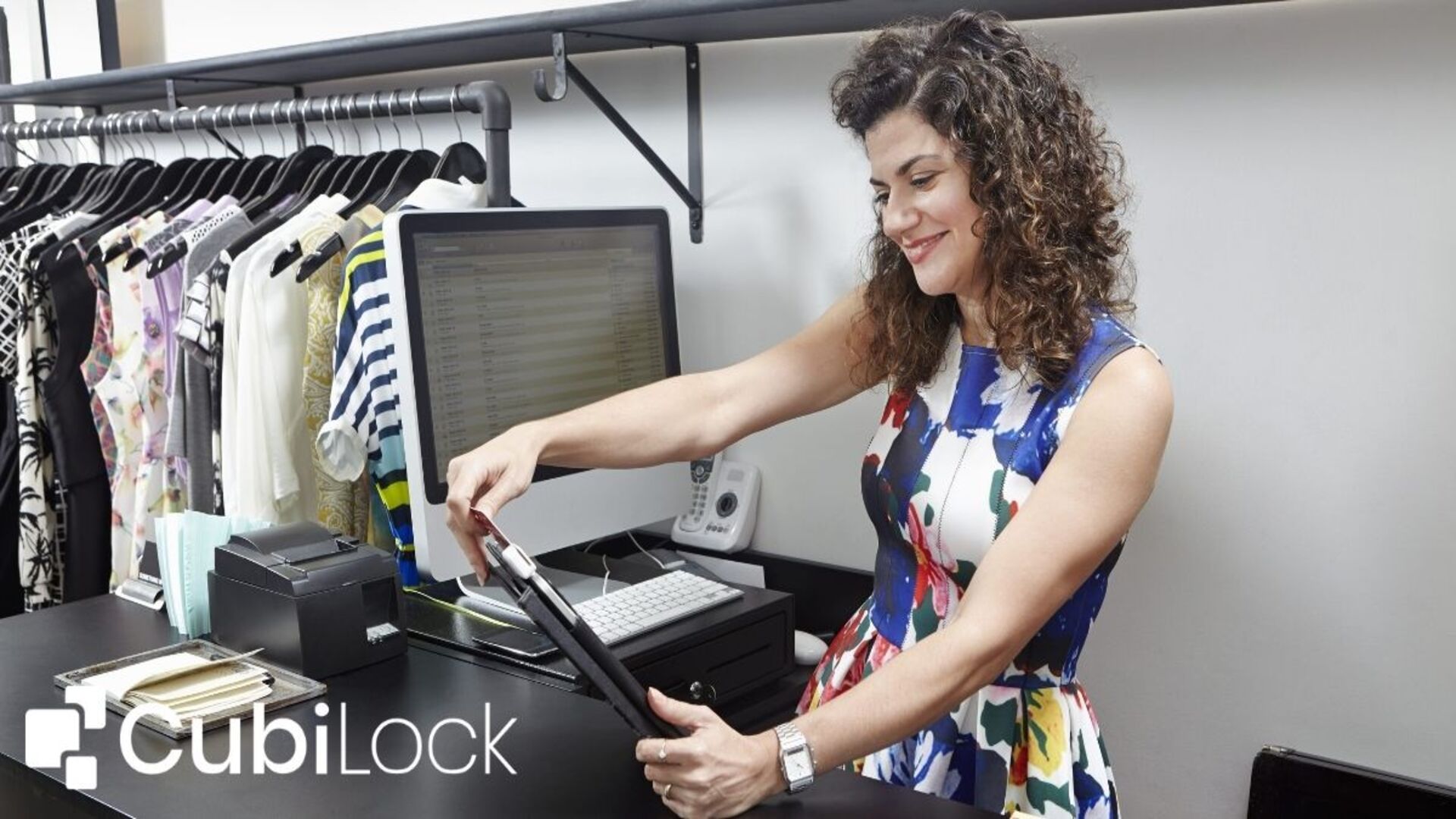
The Impact of Technology on Retail Operations and Customer Experience
Technology has played a pivotal role in reshaping the way businesses operate and interact with their customers. From the advent of e-commerce to the integration of artificial intelligence and data analytics, technology has revolutionized retail operations and customer experiences. This article explores the impact of technology on retail, discussing the changes it has brought to operational efficiency, customer engagement, and the industry’s future.
Enhance Operational Efficiency
Technology has dramatically improved the operational efficiency of retailers in various ways:
Inventory Management: Gone are the days of manual inventory tracking. Advanced inventory management systems use RFID and barcoding to provide real-time visibility into stock levels. This minimizes overstock and understock issues, reducing costs and optimizing supply chains.
Point of Sale (POS) Systems: Traditional cash registers have given way to mobile POS systems. These systems not only process transactions but also collect valuable data on customer preferences and purchase history. Retailers can use this data to tailor their offerings and marketing strategies.
Supply Chain Management: Technology has streamlined supply chain processes, enabling retailers to track products from manufacturers to store shelves. This traceability reduces the risk of counterfeit products and ensures product quality.
Employee Productivity: Technology has also improved employee productivity. Retailers can use workforce management software to manage multiple android devices, schedule shifts, monitor employee performance, and provide training remotely.
Personalized Customer Experiences
One of the most significant impacts of technology on retail is its ability to create personalized customer experiences:
Data Analytics: Retailers collect and analyze customer data to gain insights into shopping habits and preferences. This data is then used to offer tailored product recommendations and promotions, enhancing the shopping experience.
E-commerce: Online retail platforms use algorithms to suggest products to customers based on their browsing and purchase history. This personalization not only drives sales but also keeps customers engaged.
Mobile Apps: Retailers have developed mobile apps that offer personalized deals and discounts. These apps can also send location-based notifications when customers are near a store, encouraging in-store visits.
Virtual Reality (VR) and Augmented Reality (AR): These technologies allow customers to try products virtually, such as trying on clothes or visualizing furniture in their homes. This immersive experience can boost consumer confidence and lead to more significant purchases.
Seamless Omnichannel Retail
Technology has blurred the lines between online and offline retail, giving rise to the concept of omnichannel shopping:
Buy Online, Pickup In Store (BOPIS): Customers can purchase products online and pick them up at a physical store, providing convenience and flexibility. Retailers have also implemented curbside pickup to meet changing consumer preferences.
In-Store Technology: Retailers are leveraging in-store technology, such as touchscreens, to enable customers to access additional product information, read reviews, and make informed decisions while shopping.
Social Commerce: Social media platforms have become influential in retail. Customers can shop directly from social media posts and engage with brands on a more personal level.
AI and Chatbots
Artificial intelligence has become a vital tool in improving customer service and support:
Chatbots: Chatbots are being used on websites and messaging apps to provide instant customer support. They can answer frequently asked questions, assist with purchases, and resolve issues, improving the overall customer experience.
Predictive Analytics: Retailers are using AI-driven predictive analytics to forecast demand and optimize pricing strategies. This helps businesses stay competitive and relevant in a fast-paced market.
Contactless Payments
Contactless payment options, such as mobile wallets and QR codes, gained prominence. These technologies not only provide a more hygienic payment solution but also offer convenience for customers.
Sustainability and Green Technology
Retailers are increasingly adopting eco-friendly practices by using technology to reduce their environmental impact. This includes energy-efficient lighting, smart HVAC systems, and digital receipts, all of which help conserve resources and lower operational costs.
The Future of Retail
As technology continues to evolve, the retail industry will need to adapt and innovate to stay competitive. Some emerging trends include:
The Internet of Things (IoT): IoT devices can provide real-time data on in-store customer behavior and inventory levels, enabling retailers to make data-driven decisions. Retail device management has become essential.
5G Technology: The widespread deployment of 5G will enable faster and more reliable connections, which can enhance the customer experience through augmented reality, virtual reality, and real-time data sharing.
Blockchain: Blockchain technology can help improve supply chain transparency, allowing customers to trace a product’s journey from source to shelf, fostering trust and authenticity.
Technology has a lasting impact on retail operations and customer experiences. Retailers who embrace and leverage the latest technological advancements will likely thrive in an ever-competitive market, providing customers with seamless, personalized, and efficient shopping experiences. As technology continues to advance, the retail industry is set to undergo even more transformative changes in the years to come, making it an exciting time for both retailers and customers.


